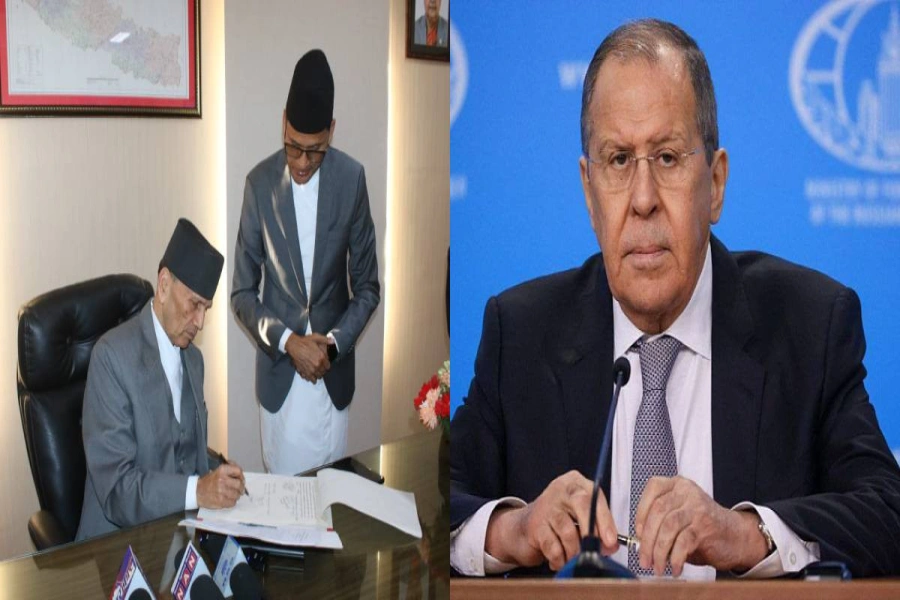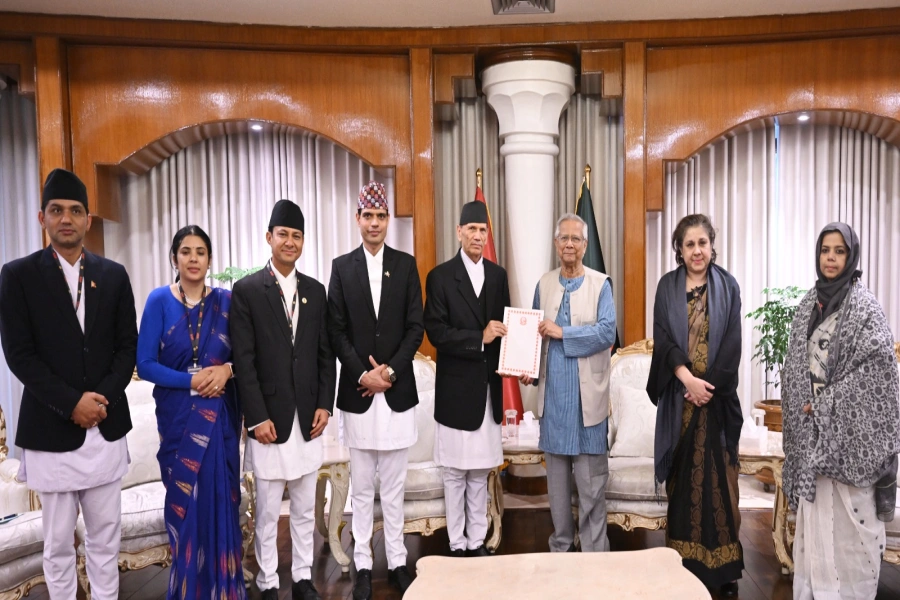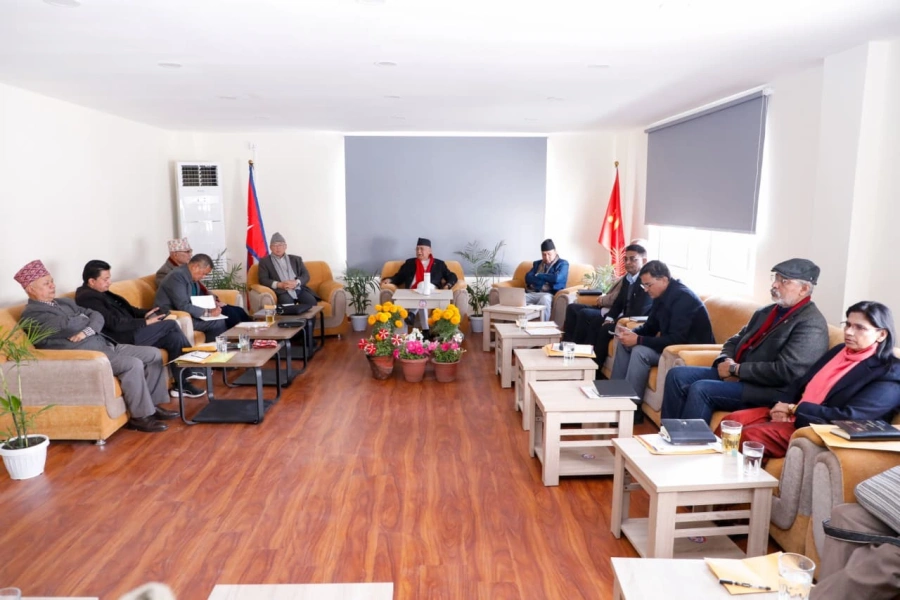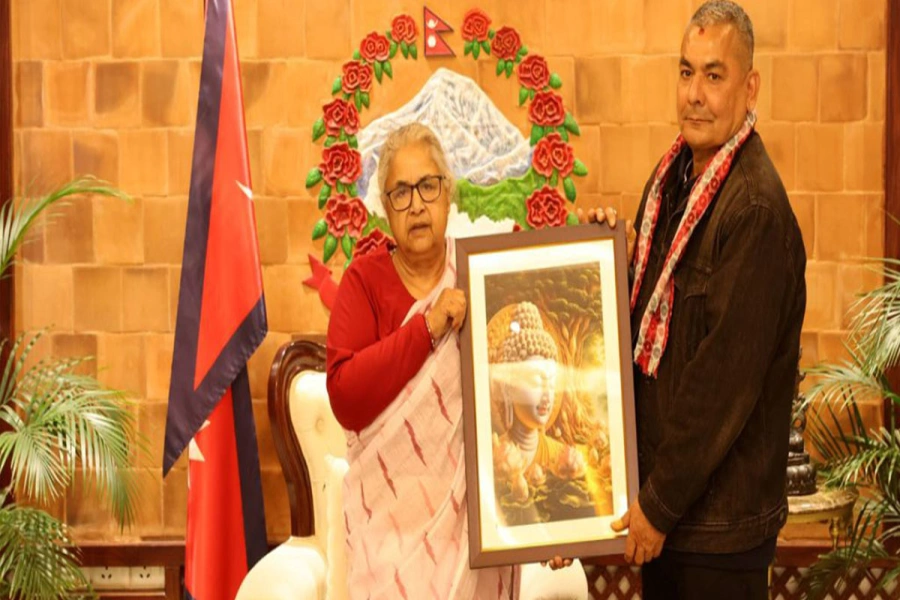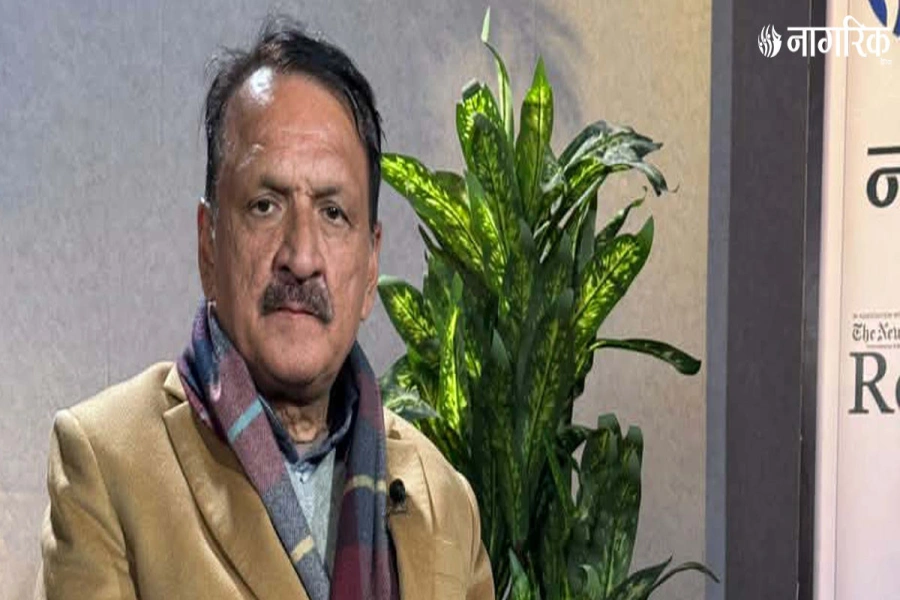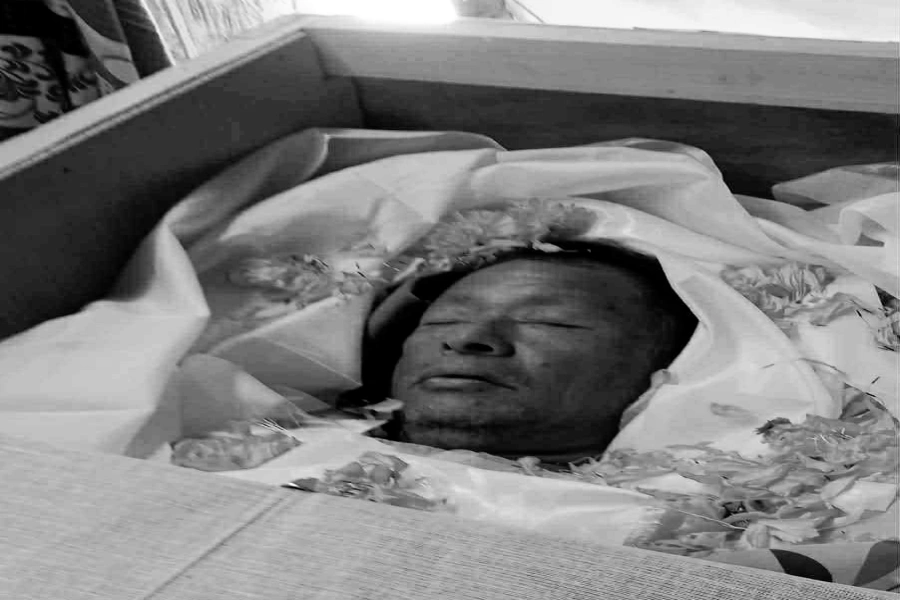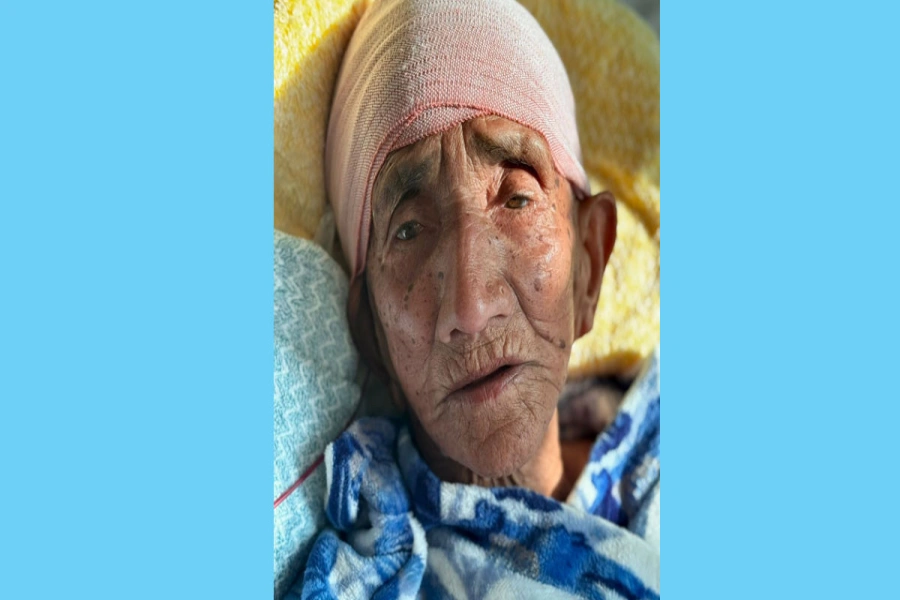KATHMADNU, Oct 22: The Commission on Numbers and Boundaries of Local Units under the new federal system has issued a new circular to its district bodies to finalize the number of local units between 507 to 744 and do so by November 5.
For each particular district, the commission has recommended a minimum to maximum range of local unit numbers and asked them to submit their reports to the commission by November 5, with the number of units duly decided. The district bodies cannot exceed the maximum numbers recommended but they can be flexible about the minimum number.
Earlier, the commission had proposed the creation of altogether 565 village councils and municipalities under the federal setup.
But after the ruling Nepali Congress made a strong demand for increasing the number of local units beyond what was proposed by the commission and the other political parties came up with contradictory opinions regarding the commission's proposal, the government in the first week of October directed the commission to make the existing ilaka (district sub-division) as one basis for restructuring local units. Each ilaka consists of four to five VDCS, making for over 900 ilakas in the whole country.
Task-force proposes to increase 25 local units

Following the government's directions, the commission on Friday revised its guidelines to the district bodies and asked them to keep the number of local units between 507 to 744.
“Previously, we had fixed the number of local units to be formed in each particular district and asked our district bodies to forge consensus over those numbers. But this time we have become more flexible and given each district a range of numbers,” said Niraj Shah, a member of the commission.
For instance, Morang has been given a range of 11 to 17 local units, Kathmandu a range of 8 to 11 and Nawalparasi 11 to 15.
“So, each of the district bodies can finalize the number of local units within the range between minimum and maximum numbers. However, there is some flexibility in the case of the minimum number,” Shah said.
Regarding the minimum number, the district bodies can create fewer local units than the minimum suggested by the commission but they cannot exceed the maximum number, Shah said.
“We have given a range so that the local representatives in each of the districts can decide on the number of local units as per their needs,” he added.
He said the flexibility over the minimum number and the rigidity regarding the range ceiling were to ensure that the number of local units would not be so big as to become financially unviable.
“Smaller the number of local units, the more viable they would be,” he added.
Commission officials have been arguing that the government will be unable to bear the operating costs if the number of local units increases significantly. The operating costs for over 600 local units alone will exceed Rs 300 billion per year.
Shah also said that the commission will finalize its report by mid-November and submit it to the government as requested by the prime minister. That will pave the way for local polls in mid-April, 2017.
“Whether our district bodies will be able to submit their reports to the commission by November 5 will depend on how the political parties cooperate at the district level," he said.



